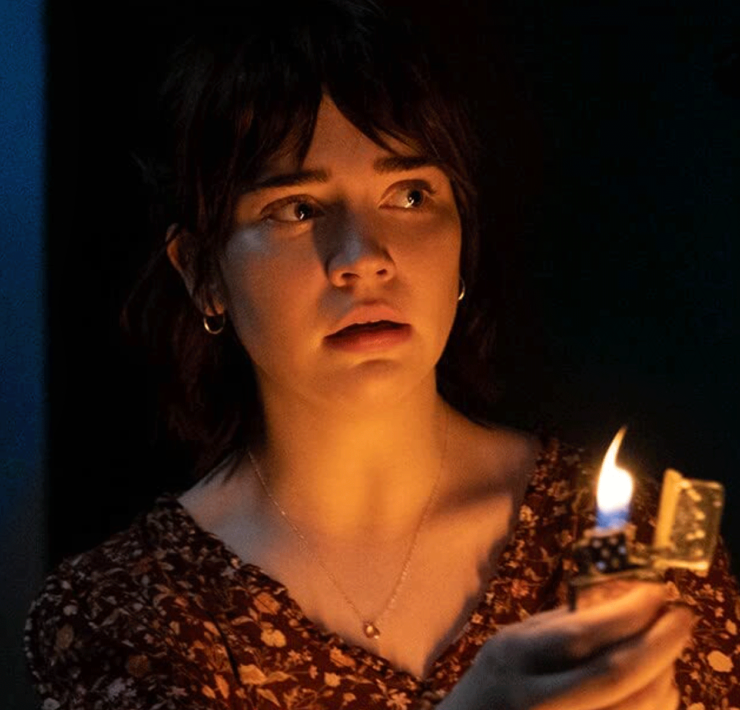The Midnight Club Explained
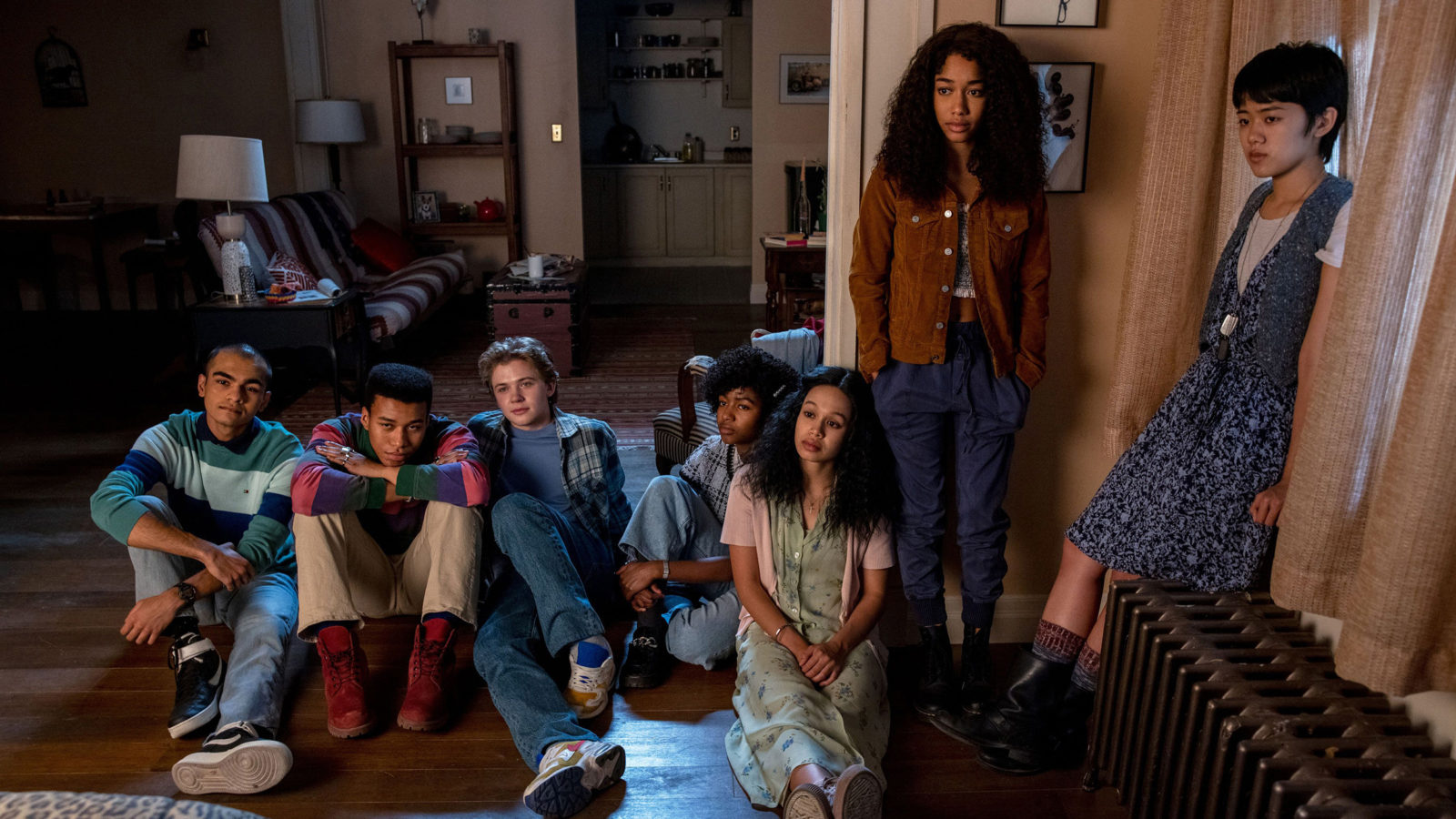
Well—as “explained” as any intricate horror story by Mike Flanagan can be.
The Midnight Club is Flanagan’s latest Netflix project and, like its predecessors—Haunting of Hill House, Haunting of Bly Manor, and my personal favorite, Midnight Mass—there’s a lot going on. It’s almost a given that, with a Flanagan story, you’ll have to watch it twice to catch everything; even then you might miss some important details. That being said, The Midnight Club takes that feeling to a new level.
The series follows a group of young adults at a hospice—Brightcliffe—each diagnosed with some form of terminal illness. The Midnight Club, as they call themselves, meet in the library every night to tell spooky stories, talk about their problems, and debate matters of the afterlife. That would be plenty of material as it, but The Midnight Club also features Greek mythology, cults, ghosts, and a shadowy force hunting the residents. So—yeah, there’s a lot to process.
If you’re still a little overwhelmed after your first watch, here’s a quick breakdown for you. Spoilers ahead!
The Stories of The Midnight Club
One of the most interesting things about The Midnight Club is its new format, combining the traditional Netflix drama with that of an anthology series. There’s a core cast and overarching plot lines, but each episode also contains a mini horror story inside, created and narrated by one of the characters. It’s an ingenious storytelling method, because while you get all the fresh plots and genres of an anthology, each story serves a dual purpose: telling a scary story and telling us about the author. It makes the whole series feel a lot more cohesive, rather than starting from scratch in each episode.
The stories themselves are pretty straightforward. Some have ghosts, angels, or witches, but each fills in the backstory of the narrator. With varying amounts of artistic liberties, the characters talk about their lives before Brightcliffe, their insecurities, and how they view themselves. A few of my personal favorites were Anya’s doppelganger story, describing how her self-sabotage destroyed her life, Natsuki’s tale about the two hitchhikers, rehashing the experience of her suicide attempt, and Kevin’s seemingly never-ending story about a possessed serial killer, exploring his own frustration with feeling like a burden and hurting everyone in his life.
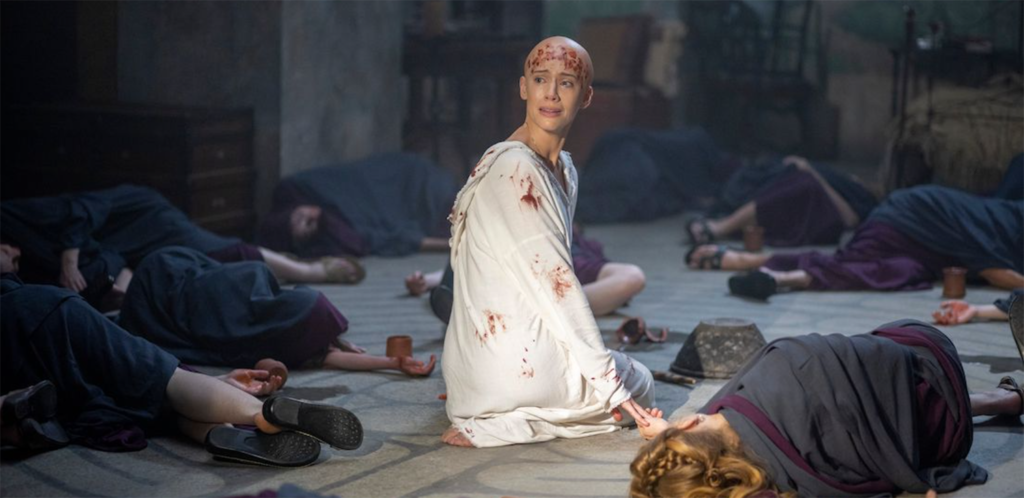
Athena and The Paragon
A majority of the mystery and secrets in The Midnight Club revolve around the cult that previously inhabited the house, The Paragon: its Grecian rituals, a mass sacrifice that left dozens dead, and the group’s ultimate demise. All of this is detailed in a diary that belonged to a girl known only as Athena, the daughter of the cult’s leader, Regina Ballard.
The teens of The Midnight Club never find out the true identity of Athena, not that they’re really looking. While they’re focused on Julia Jayne and her miraculous recovery from cancer, the audience gets to see a bit more—enough to realize that Athena is actually Dr. Georgina Stanton, founder of Brightcliffe Hospice.
It’s clear from the first episode that Stanton knows more than she’s letting on. She gets shifty when asked about Julia Jayne, and shiftier when asked about the cult. She gives plenty of speeches about how life is a gift and trying to “conquer death” can be exceedingly dangerous. When she finds the kids in the secret basement, conducting a blood sacrifice to save Anya, Stanton is beyond furious. She confiscates Athena’s diary, burns it, and on a phone call, talks about how the scene in the basement “dug up all of this old stuff” for her.
Another major clue is the carving that Ilonka finds while snooping around in the woods. There are plenty of hourglass symbols, the emblem of The Paragon, but Ilonka copies a different symbol into her sketchbook: a crescent moon next to the initials G.B. Ilonka says that she doesn’t know Athena’s real name, but we know that her mother’s name was Regina Ballard—R.B. The carving could indicate that Athena’s real name starts with G, with lines up with Georgina.
But the clincher is the neck tattoo. The audience gets to see it in a flashback, as Ilonka first tells the story of Athena and The Paragon. The final shot of the finale shows Dr. Stanton removing a wig, revealing the same tattoo in the same place on the back of her neck. That pretty much confirms the theory, though I’ll admit, the exceedingly ominous music makes that feel like a bad thing. Was Georgina’s distaste for the cult genuine, or is she somehow following in her mother’s steps?
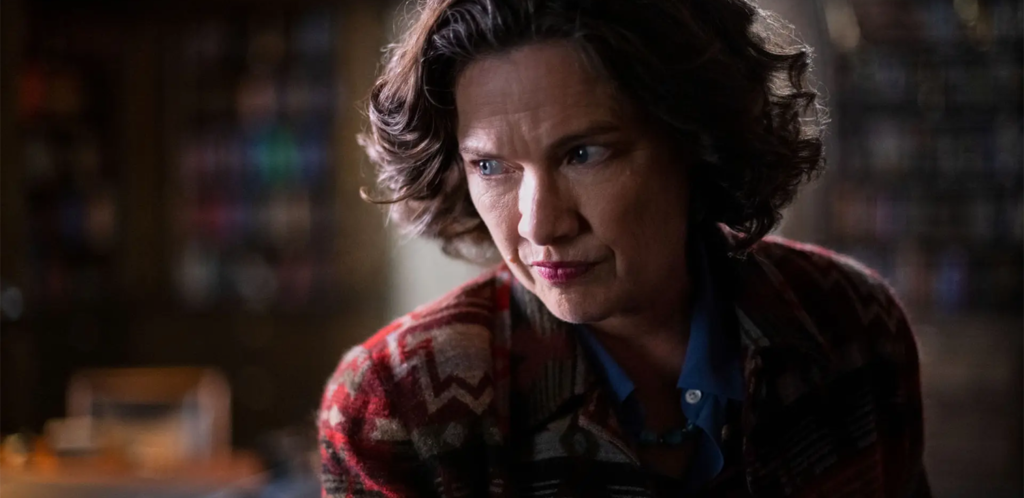
Stanley and Vera Freelan
From the very first episode, Ilonka is plagued by two ghostly figures: an old man and woman with milky eyes, pale skin, and black mouths. If you pay attention to the pictures in Brightcliffe’s halls, you might recognize them early on. If not, the extended shot of a newspaper clipping in the final episode confirms that the figures are Stanley and Vera Freelan, the industrialists who originally built the manor. Oddly enough, the clipping is framed in Dr. Stanton’s apartment, next to an additional photo of the couple on the grounds; more on that later.
It’s never conclusively decided if the Freelans are ghosts, per se. Natsuke suggests they might be something called “Toshi no Taberu Hito”—a type of Japanese spirit that feeds off the lost years of the sick and dying. A web search on the term brings up little to no results, so it looks like the creature was crafted just for The Midnight Club. That’s cool, but it doesn’t give us a lot of insight or explanation. It’s possible the Freelans turned into this kind of spirit when they died, or maybe that the hospice facility attracted a spirit that took on the appearance of the original owners.
The Sixth Sense
What the Freelans’ presence does suggest is Ilonka’s sixth sense. She talks to Kevin at length about how she’s always had a little voice in her head pushing her in the right direction. When she first starts researching Brightcliffe, she has visions of the house, of the Freemans, and of Kevin sitting on his bench overlooking the cliffs. In the story she tells the club, “Witch,” her stand-in Imani has the ability to scry or, essentially, see the future.
There’s really no explanation given for Ilonka’s gift, but it’s not the first time a character’s had this kind of power in a Flanagan story. Haunting of Hill House had Theo, who could touch things to sense the past; Haunting of Bly Manor had Miss Grose, whose connection with time allowed her to unknowingly continue walking and talking around Bly Manor as a ghost. Ilonka’s gift isn’t all that different, allowing her to glimpse the future, step into the past, and sense when something isn’t right.
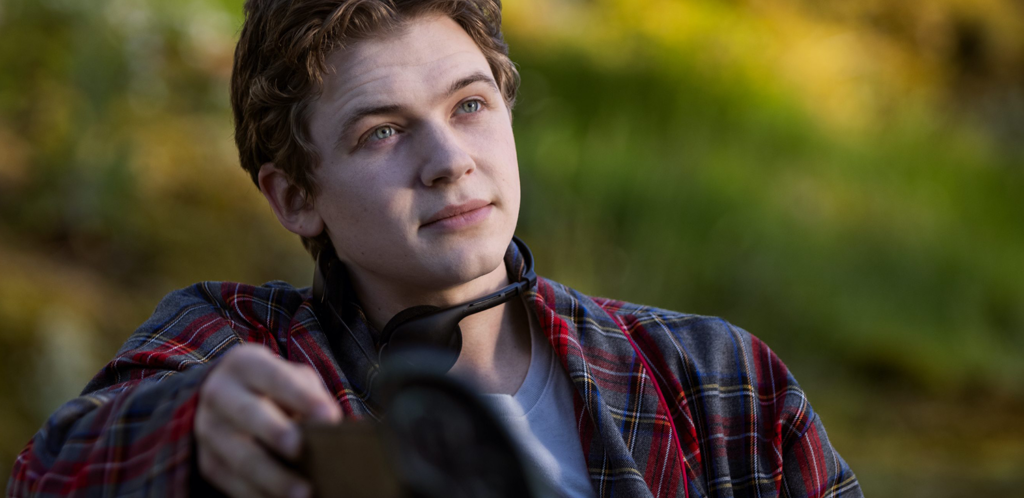
Kevin
What’s more interesting is Kevin’s connection to the Freelans. He’s the only other person to see them, but it goes a little further than that. When he finally talks to Ilonka about it, he describes the same experience as her—the halls changing, stepping into the past, being followed by an old man and woman—but Kevin has one additional symptom. He sleepwalks, going down to the basement nearly every night and waking up down there. He tells Ilonka that it’s been happening since the two of them found the basement—but it might be a little more than that.
When Spence gives Ilonka her tour in the first episode, he tells her that the elevator is “possessed” and goes up and down all night by itself. When The Midnight Club first ventures into the basement, they find a bed that’s been slept in, almost like someone’s been living down there—a bed that Kevin later admits he’s woken up in. Even more suspicious, when Ilonka discovers the secret basement, Kevin never gets out of the elevator. He hangs back, face blank, and lets her explore the space.
Another thing to consider is that, twice, Ilonka happens upon Kevin while she’s having a vision. Both times, she’s following the old woman, grabs a figure by the shoulder, and snaps out of it to find Kevin. In Ilonka’s visions, Kevin isn’t followed by the Freelans; he is them. This is especially interesting when you consider “The Wicked Heart,” Kevin’s horror story about a nice guy who is compelled by spirits to kill people.
Obviously, Kevin couldn’t be the only reason people die at Brightcliffe—patients died before he arrived—but there’s a lot to suggest that he’s already entangled with the spirits of the Freelans before Ilonka arrives. If that’s true, how are the Freelans connected to the secret basement? Does Dr. Stanton know their spirits are wandering the halls? How much does Kevin really know about what’s going on?
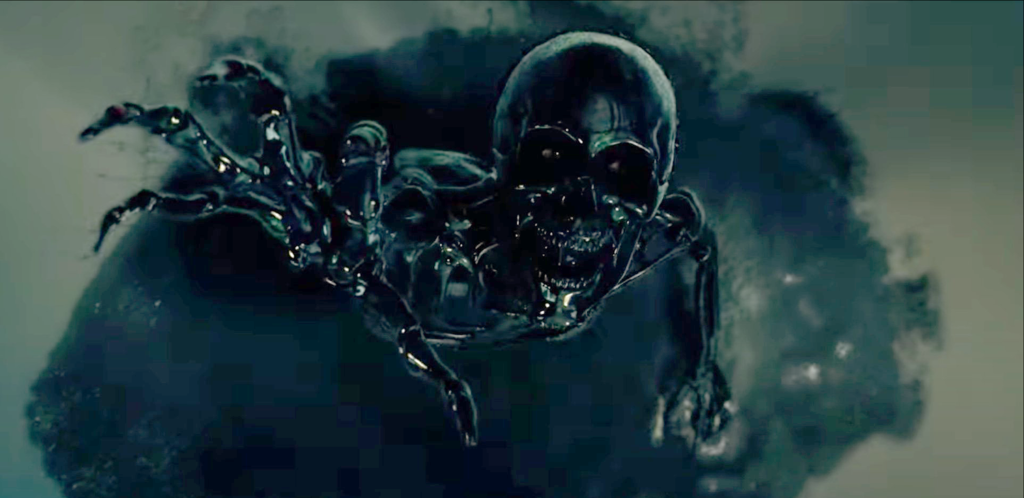
The Shadow Figure
Another Brightcliffe phenomenon is The Shadow Figure. Multiple patients have seen it before they died—Anya, her previous roommate Rachel, and at least 3 others according to Kevin. When the Shadow is stalking Anya, we get to see what she sees. The figure creeps out of corners and down hallways, long arms and tendrils reaching out to her. Sometimes it appears as a humanoid silhouette with two glowing red eyes.
It’s worth noting, there’s also a Shadow Figure in one of Ilonka’s visions. Tendrils of darkness stretch out from underneath the hood of a robe, or around the table where The Midnight Club meets, clawed hands on the end. We also get a glimpse of it at the very end of the first episode. There’s an ominous ripple of shadow at the end of the hall, witnessed by no one but the audience. In television, that generally suggests something real, rather than a figment of the characters’ imagination.
So what is the Shadow Figure? Is it the physical manifestation of Death? Or is it perhaps the true form of the Toshi no Taberu Hito spirit, chasing down the souls of Brightcliffe patients when their time comes? It could even be the being possessing Kevin, who says he’s heard four versions of “that shadow story” since he arrived and advises Ilonka to take it with a grain of salt—a smart move if he’s covering his tracks.
But it’s also possible the Shadow is just that—a shadow. Amesh talks to Natsuke at the end of the show, admitting that his condition is getting worse and he feels his time running out. His vision is failing, a shadow forming in the corner of his eye that follows him constantly. In that case, the shadow is just an omen of death—scientific and not supernatural.
Like all of Mike Flanagan’s shows, there are plenty of details to sort through and a lot of potential conclusions. Let us know what you think, and maybe we’ll talk again after our fifth rewatch. In the meantime, you might consider reading The Midnight Club by Christopher Pike, the inspiration for the series.
The Midnight Club is now available for streaming on Netflix.
–

